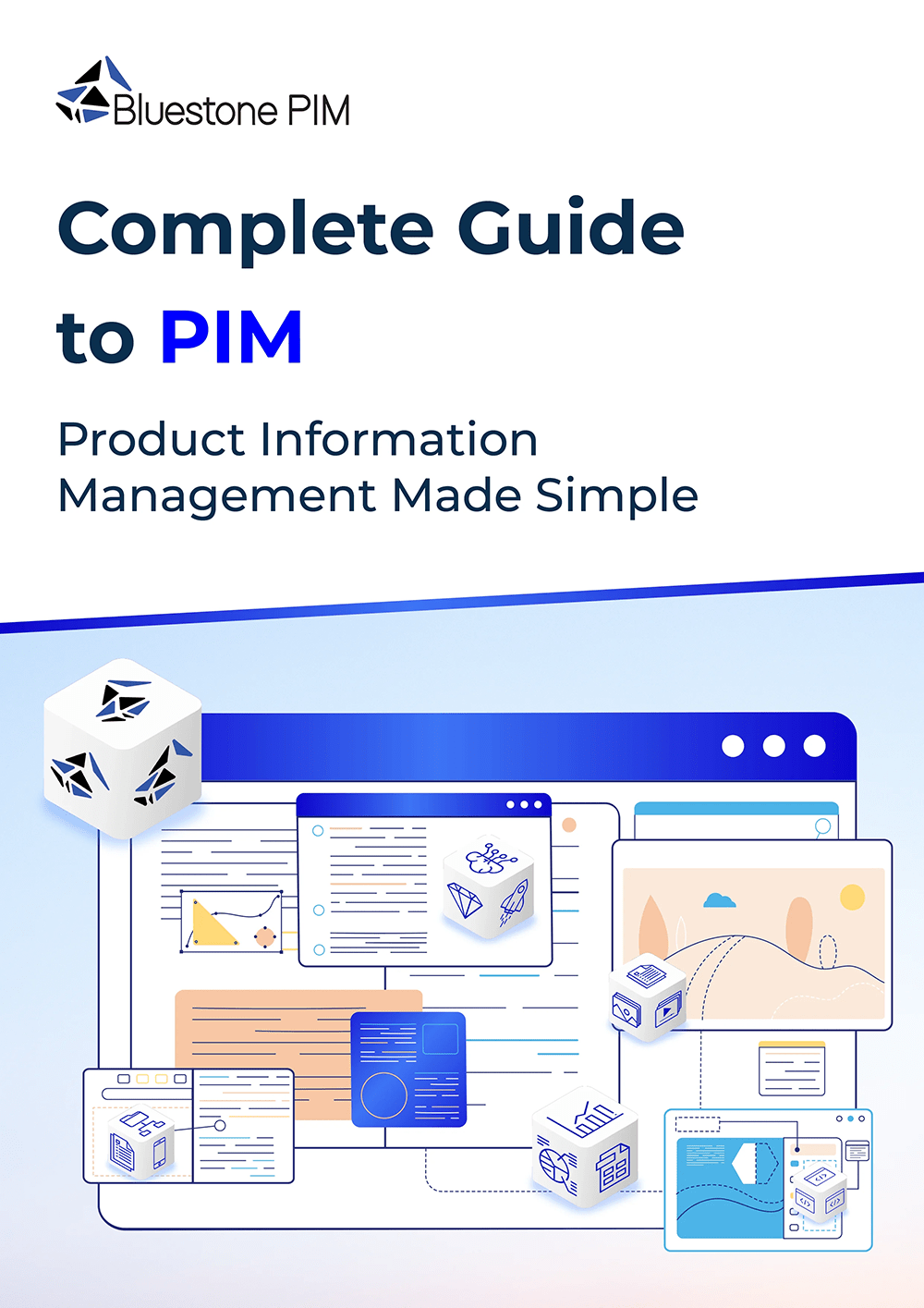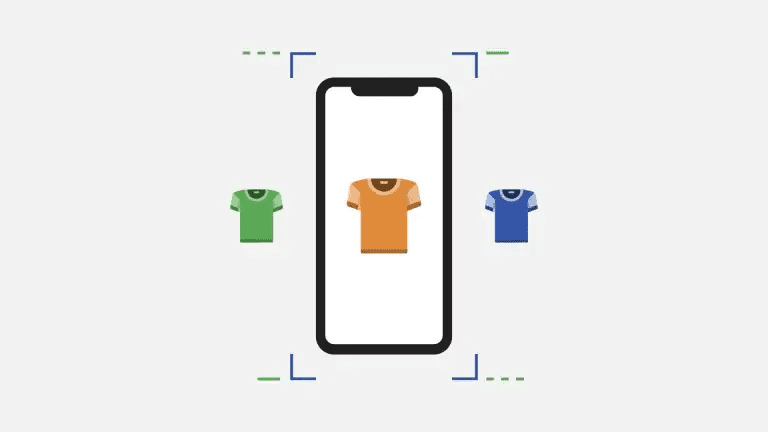
Table of Contents
- Sign 1: Your Catalogue Keeps Growing And Your Team Can’t Keep Up
- Sign 2: Each New Channel Creates Extra Work
- Sign 3: Your Customer Experience Is Inconsistent Across Touchpoints
- Sign 4: You’re Expanding Into New Markets And Localisation Is Slowing You Down
- Sign 5: Your Internal Processes are Slowing Down Sales
Product data has become one of the biggest pressure points in digital commerce. New channels appear every month. Marketplaces update their rules without warning. Customers expect richer content, faster updates, and a smooth experience wherever they shop. Teams try to keep up, but spreadsheets, legacy tools, and outdated workflows slow everything down.
A modern Product Information Management system solves these issues by giving you one place to organise, enrich, and publish product data at scale. And when the PIM is built on MACH principles and supported by native AI, it becomes the engine that keeps your entire product experience running smoothly.
If any of the signs below feel familiar, it’s time to move to a proper PIM.
Sign 1: Your Catalogue Keeps Growing And Your Team Can’t Keep Up
When you manage only a few products, manual work can get you through the day. Once your catalogue includes variants, bundles, different contexts, compliance data, and media requirements, the cracks start to show and the Excel sheet is no longer enough.
Modern catalogues also carry more than titles and descriptions. They now include environmental data, regulatory details, multiple language versions, and channel-specific content formats. Trying to manage this manually will only increase the risk of errors and slow your team down.
Common signs you’ve outgrown your current setup:
-
repeated mistakes in product data
-
inconsistency between sources
-
slow onboarding of new products
-
difficulty keeping content “live” and up to date
-
too much dependency on a few people who “know where things are kept”
How Bluestone PIM helps
With a microservices architecture, a PIM system like Bluestone PIM can handle large data volumes, frequent updates, and complex structures without slowing down your day-to-day work. Integrated AI features speed up enrichment, translations, content generation, and corrections. Product onboarding becomes structured, consistent, and significantly faster.
What is MACH?
MACH is a modern way of building e-commerce technology. It stands for:
-
Microservices – every capability is its service, updated independently
-
API-first – everything connects cleanly through API endpoints
-
Cloud-native SaaS – automatic updates, no hosting work, elastic scale
-
Headless – the freedom to use any front-end or channel without reworking the back-end
A MACH-based PIM adapts as your business grows, not the other way around. Bluestone PIM was the first PIM certified by the MACH Alliance.
Sign 2: Each New Channel Creates Extra Work
The moment you start selling across multiple channels, like your online shop, Google Shopping, marketplaces, partner portals, product data becomes harder to control.
Clear signals your channels are holding you back:
-
preparing and cleaning product feeds is slow and repetitive
-
each channel has its own “version” of the truth
-
content must be rebuilt or reformatted manually
-
updates take days instead of minutes
-
new channels feel like a burden, not an opportunity
How Bluestone PIM helps
With an API-first foundation, PIM sends the right information to each channel without duplication. Automated checks ensure nothing goes live unfinished. Connectors and Packaged Business Capabilities (PBCs) reduce time spent preparing feeds and keep channels aligned.
What are the PBCs?
PBCs (Packaged Business Capabilities) are ready-made modules that solve specific business needs without custom development. In Bluestone PIM, examples include:
-
Product Configurator
-
Bundle Manager
-
Price Manager
-
Google Shopping Feed
-
Campaign Manager
They extend your PIM with specialised functionality that plugs into your stack as building blocks: fast to deploy, simple to maintain.
Sign 3: Your Customer Experience Is Inconsistent Across Touchpoints
If customers see different details, missing media, or outdated information depending on where they land, trust drops.
Inconsistent product information often comes from:
-
scattered spreadsheets
-
separate versions of the same content
-
teams enriching products in isolated tools
-
local changes that never reach other systems
-
manual image, document, or attribute updates
A mismatched customer experience leads to abandoned baskets, lower conversions, and more customer service cases.
Typical symptoms of poor product experience:
-
customers spot obvious inconsistencies
-
teams don’t know which content is “correct”
-
updating one channel doesn’t update the others
-
marketing, e-commerce and product teams work from different sources
How Bluestone PIM helps
Bluestone PIM gives you a structured model for attributes, images, variants, relationships, bundles, and documentation. You create the product story once, and the system distributes it everywhere. AI helps refine descriptions, improve tone, and tailor content to different audiences while keeping the core message consistent. With PIM, you can provide accurate and engaging product information across all touchpoints.

DOWNLOAD FREE E-BOOK
Product Information Management Made Simple
Your go-to resource for understanding, choosing, and using a PIM system to grow your business. Packed with clear explanations, real examples, and practical advice, this guide shows how to manage product data efficiently, improve consistency across channels, and speed up time-to-market.
Sign 4: You’re Expanding Into New Markets And Localisation Is Slowing You Down
Entering new regions means more than translating descriptions. You need different measurements, currencies, classifications, imagery, regulatory content, and market-specific formats. If your localisation process depends on email chains, exported files, or rewriting the same content repeatedly, progress slows.
Signs localisation is becoming a bottleneck:
-
translations are inconsistent between markets
-
partners keep asking for missing content
-
multiple versions of texts exist across files
-
updates don’t reach every country
-
launching in a new region takes weeks instead of hours
How Bluestone PIM helps
Bluestone’s AI Linguist produces translations directly inside the product record. It improves tone, grammar, clarity and keeps context intact. You can manage multiple versions of product data per market without duplicating work. External teams can collaborate securely with the right permissions.
How does AI work in Bluestone PIM?
With Bluestone PIM, you can work faster and keep your product data in better shape using integrated AI:
-
Create better descriptions and variants in seconds.
-
Translate and refine content for any market.
-
Spot errors and fill gaps automatically.
Bluestone PIM is AI-agnostic, meaning it isn’t tied to one specific AI provider. You can use the AI model you prefer, and you’re not locked into the vendor’s choice. This gives you flexibility, control, and freedom to adapt to future AI innovations.
Sign 5: Your Internal Processes are Slowing Down Sales
You’ll recognise this if you often see delays in:
-
launching or updating products
-
correcting errors
-
managing assets
-
preparing campaigns
-
sharing content with partners
If your teams rely on local documents, old templates, email approvals, or manual corrections, you already feel the friction. Small tasks pile up and product launches take longer. Content gets stuck in hand-offs. No one has a single, reliable source of truth.
How Bluestone PIM helps
Bluestone PIM brings structure to daily work by giving teams clear roles and permissions, organised tasks and assignments, full edit history for transparency, and practical completeness scoring to show what still needs attention. Everything is managed from one shared dashboard, and AI-driven automation removes much of the repetitive work so people can focus on the tasks that actually move the business forward.
What happens when you switch to a modern PIM?
You get:
-
one place to manage all product content
-
faster enrichment with less manual work
-
clean, reliable data across every channel
-
simpler localisation
-
a team that collaborates instead of chasing files
-
freedom to plug in new tools without heavy rework
-
lower long-term maintenance costs thanks to SaaS and microservices
-
AI support that speeds up your day-to-day work
A Clear Way to Bring Order Back to Your Product Data
If these signs feel familiar, you’re not alone. They’re common in companies that reach a certain level of digital maturity and they’re all solvable.
Bluestone PIM gives you a MACH-based, AI-powered platform built for accuracy, speed, and future growth.
Ready to see it in action?
Talk to our experts today and discover how Bluestone PIM can address your needs.




